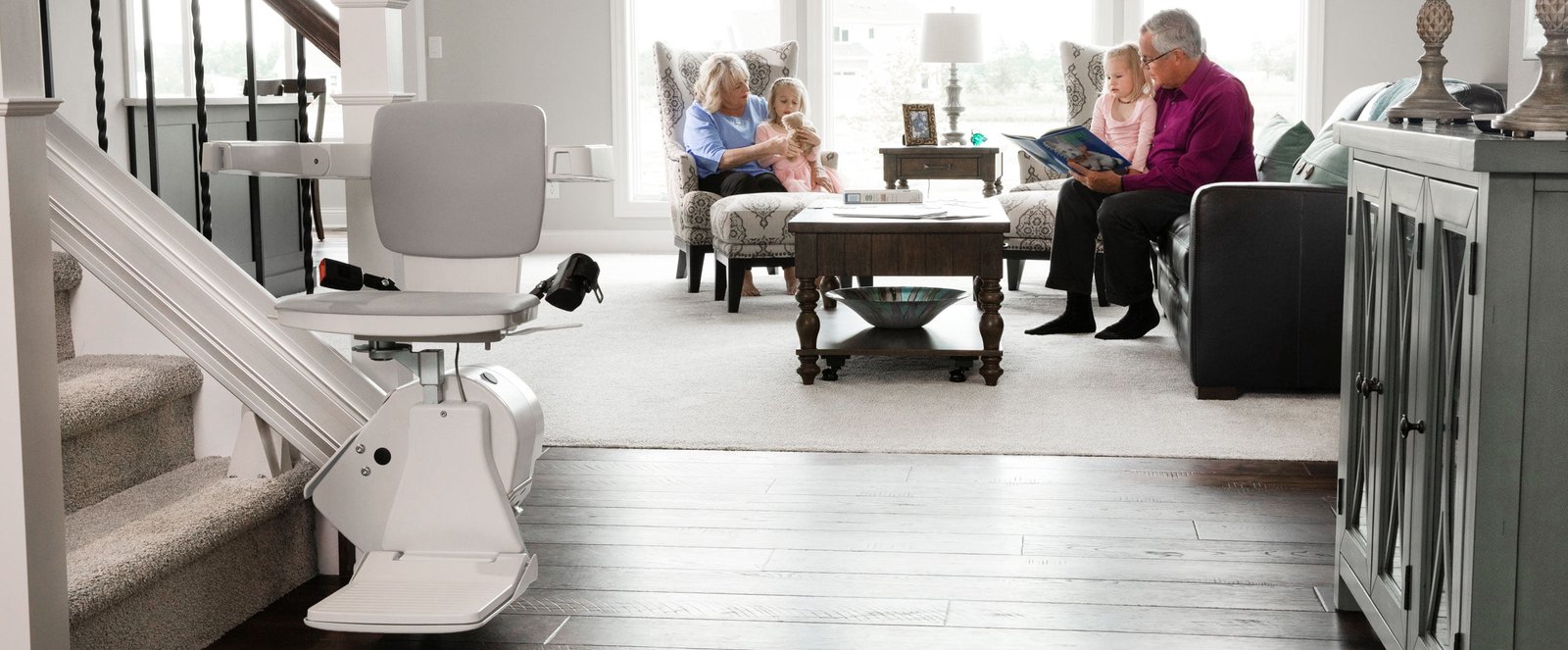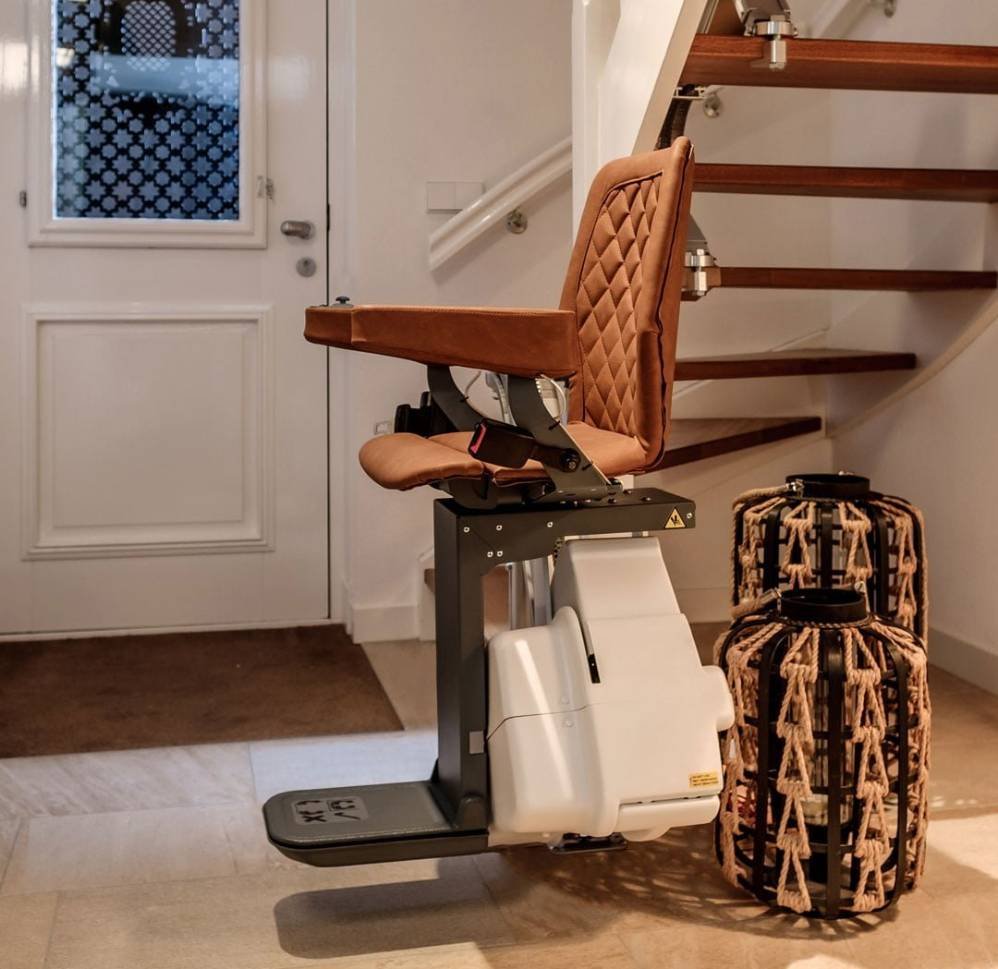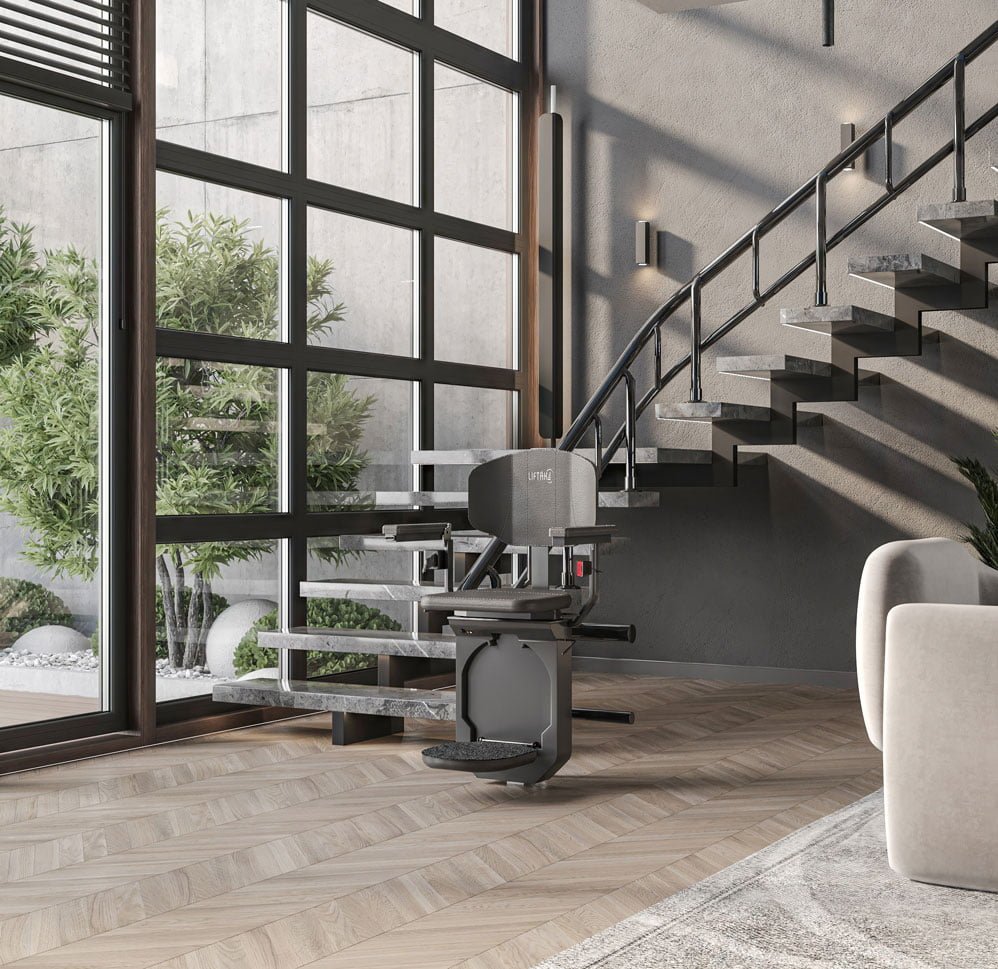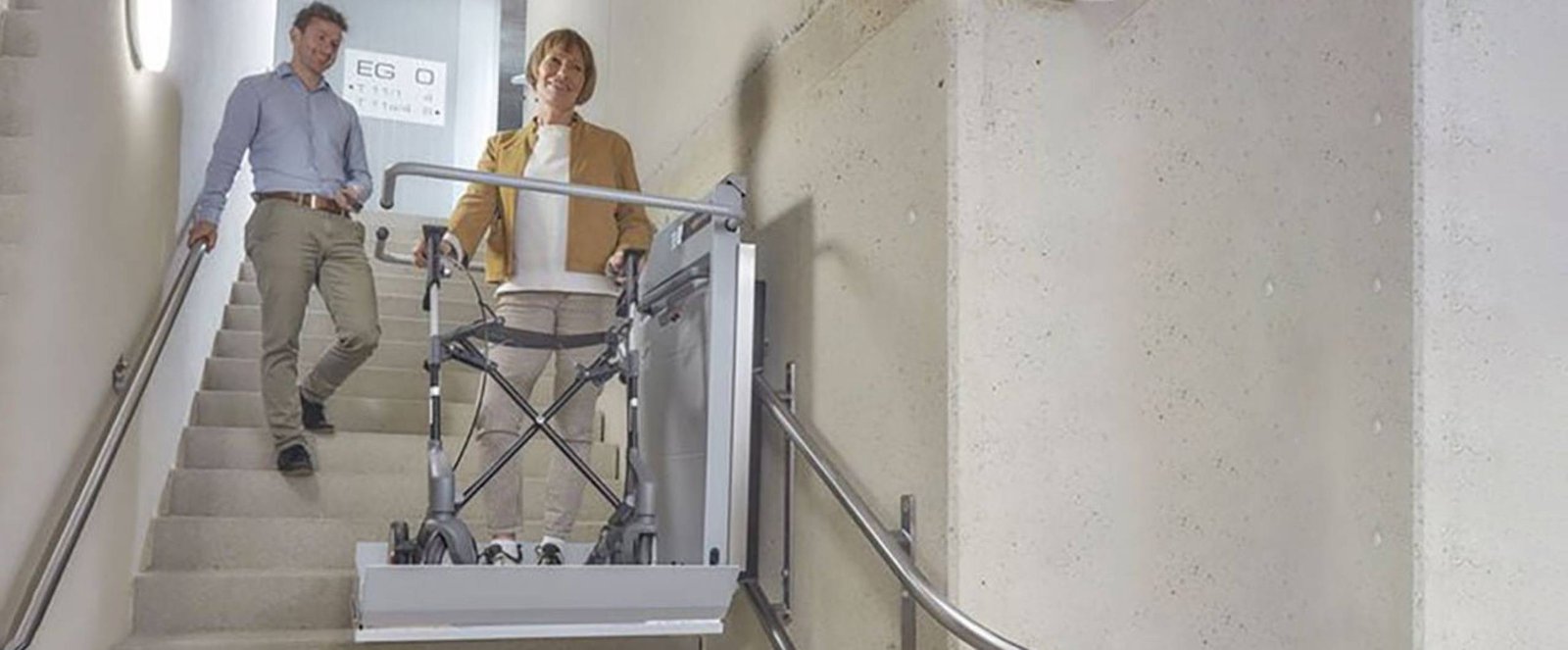
Chairlift Integration Tips for Your Interior Design
Chairlift Integration is a valuable solution for enhancing mobility within a home, particularly for individuals facing mobility challenges. While the primary purpose of chairlifts is to improve accessibility, chairlift integration into your home’s interior design can be a concern for many homeowners. This blog offers essential tips for achieving seamless chairlift integration, ensuring that the device complements your home’s aesthetic while maintaining its functionality.
1. Choose a Chairlift That Complements Your Home Style
When integrating a chairlift into your home, the first step is to select a model that aligns with your home’s style. Chairlifts come in various designs, including modern, traditional, and contemporary. For homes with a modern design, opt for sleek, streamlined chairlifts with minimalistic features. If your home has a more traditional or classic style, consider chairlifts with ornate details and classic finishes. Matching the chairlift’s design to your home’s existing style ensures that it integrates smoothly into your living space.


2. Customize Upholstery and Colors
Chairlift integration relies heavily on customization options for upholstery and colors to blend seamlessly with your home’s decor. Many chairlift manufacturers offer a wide range of materials and colors to suit various interior designs. For neutral or monochromatic interiors, it’s advisable to choose upholstery that blends effortlessly with the existing color scheme. Conversely, if your home features bold or vibrant colors, opt for upholstery that introduces a pop of color without clashing. By aligning the chairlift’s upholstery with your home’s colors, you can achieve effective chairlift integration and maintain a cohesive, harmonious look.
3. Opt for Discreet Rail Designs
The rail of a chairlift is often the most visible component, and its design can impact the overall appearance. Choose rail designs that are slim and unobtrusive to minimize their visual impact.Modern chairlifts often feature slimline rails that are less noticeable and blend better with the staircase. Additionally, select rail colors that complement your staircase. For example, a white rail can blend with a light-colored staircase, while a dark rail may suit a wooden or metal staircase.
4. Consider Foldable or Compact Models
Chairlift integration can be challenging in homes with limited space, so consider opting for foldable or compact models. Many chairlifts are designed to fold away when not in use, which helps reduce their footprint and enhances chairlift integration into smaller spaces. Foldable chairlifts are particularly ideal for staircases with limited room, offering functionality without overwhelming the area. Similarly, compact models are a great choice for narrow staircases, providing essential mobility while maintaining a clean, uncluttered look and supporting effective chairlift integration.
5. Coordinate with Existing Staircase Materials
To ensure that the chairlift integrates seamlessly into your home, coordinate its materials with those of your existing staircase. If your staircase features wooden elements, opt for a chairlift with wood finishes or complementary materials.If your stairs are carpeted, choose a chairlift with a matching carpeted footrest. Coordinating materials ensures that the chairlift looks like a natural extension of your staircase, enhancing the overall aesthetic appeal of your home.
6. Install the Chairlift in a Strategic Location
Placement of the chairlift can impact its integration with your home’s design. When possible, install the chairlift in a location that is less visible from primary living areas.Positioning the chairlift along the wall side of the staircase can make it less conspicuous. If your home has multiple staircases, consider installing the chairlift on a secondary staircase to maintain the visual appeal of the primary staircase and living areas.
7. Utilize Wall Colors and Art
Strategic use of wall colors and art can help the chairlift blend into your home’s design. Paint the wall behind the chairlift in a color that complements the chairlift’s design, creating a subtle backdrop.Adding artwork or decorative elements around the chairlift can draw attention away from the device. Choose art and decor that match your home’s theme and enhance the visual appeal of the space around the chairlift.
8. Keep the Area Clutter-Free
Maintaining a clutter-free environment around the chairlift is essential for integrating it smoothly into your home’s design. Avoid placing furniture or decor items that draw attention to the chairlift or obstruct its functionality.A clean and organized area not only improves the chairlift’s appearance but also ensures safety and accessibility. Keeping the space clear helps the chairlift blend seamlessly with your home’s overall design.
9. Focus on Proper Lighting
Lighting plays a crucial role in how a chairlift integrates with your home’s interior. Proper lighting can highlight the chairlift’s design and ensure safety. Use soft, ambient lighting to create a warm atmosphere around the staircase.Consider installing lighting that complements the chairlift’s style. Avoid harsh, direct lighting, which may accentuate the chairlift. Instead, opt for diffused lighting to create a smooth and integrated look.
10. Seek Professional Advice
Integrating a chairlift into your home’s interior design can be complex. Consulting with an interior designer can provide valuable insights and professional advice.An experienced designer can help you select the right chairlift model, customize its appearance, and suggest design elements to enhance integration. Their expertise ensures that the chairlift fits seamlessly into your home while meeting both aesthetic and functional needs.
Conclusion
Integrating a chairlift into your home’s interior design does not require sacrificing style for functionality. By carefully selecting a chairlift that complements your home’s design, customizing upholstery and colors, and choosing discreet rail designs, you can achieve a harmonious blend of accessibility and aesthetics.
Utilizing strategic placement, coordinating materials, and maintaining a clutter-free environment further enhance the chairlift’s integration. Proper lighting and professional advice can also contribute to a successful integration. With these tips, you can seamlessly incorporate a chairlift into your home, enhancing both mobility and visual appeal.
Also Read This: Stairlift Longevity Tips for Maintaining Stairlift


Comments are closed.